
Discover the Historic Espada Aqueduct
Explore the Espada Aqueduct, an architectural gem of the 18th century, nestled in the heart of San Antonio's historic missions.
The Espada Aqueduct is a breathtaking historical landmark located in San Antonio, Texas, showcasing the rich cultural heritage and engineering marvels of the 18th century. This aqueduct, part of the San Antonio Missions, is a must-see for tourists who appreciate history and architecture.
A brief summary to Espada Aqueduct
- 9045 Espada Rd, San Antonio, Stinson Airport Vicinity, Texas, 78214, US
- +1210-932-1001
- Visit website
Local tips
- Visit early in the morning or late afternoon to avoid the heat and enjoy cooler weather.
- Don't forget your camera; the aqueduct and its surroundings offer stunning photo opportunities.
- Check out the nearby Mission San Francisco de la Espada for a complete historical experience.
- Wear comfortable shoes as the area is best explored on foot or by bike along the trails.
Getting There
-
Car
If you are traveling by car, start by navigating to San Antonio, Texas. From downtown San Antonio, take I-37 South towards Corpus Christi. Continue on I-37 for about 6 miles, then take Exit 132A to merge onto US-281 South. After approximately 3 miles, take Exit 141 toward S. Flores St. Merge onto S. Flores St, which will turn into Espada Rd. Continue on Espada Rd for about 2 miles until you reach the Espada Aqueduct, located at 9045 Espada Rd, San Antonio, TX 78214. There is ample parking available near the site.
-
Public Transportation
To reach Espada Aqueduct using public transportation, you can take the VIA Metropolitan Transit system. Start by finding the nearest bus stop that serves the 5, 7, or 40 bus routes. Take the bus to the San Antonio Central Transit Station. From there, transfer to the 40 bus route towards Brooks City Base. Get off at the Espada Rd & S. Flores St stop. From this stop, it is about a 15-minute walk to the Espada Aqueduct, located at 9045 Espada Rd. Be sure to check the VIA website for the latest schedules and possible fare costs.
Discover more about Espada Aqueduct
Iconic landmarks you can’t miss
Espada Aqueduct
0.0 km
Discover the stunning Espada Aqueduct in San Antonio, Texas—an architectural marvel and a UNESCO World Heritage Site that showcases rich history and breathtaking landscapes.
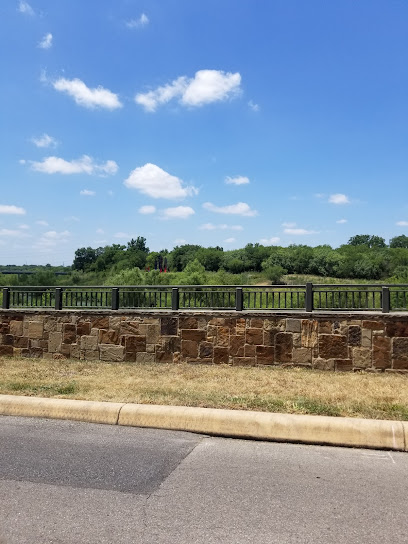
Berg's Mill Community
0.6 km
Explore the serene beauty and historical significance of Berg's Mill Community near San Antonio, a captivating destination for history enthusiasts.
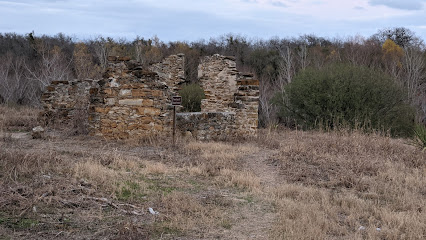
Mission San Juan
0.6 km
Discover the rich history and serene beauty of Mission San Juan, a vital cultural landmark in San Antonio, Texas, where history and spirituality intertwine.
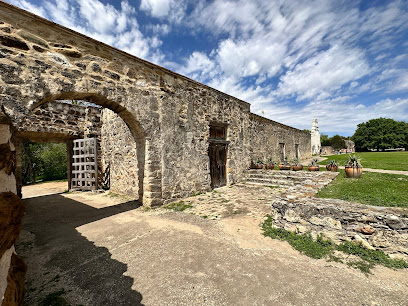
San Antonio Missions National Historical Park
0.8 km
Discover the heart of Texas history at the San Antonio Missions National Historical Park, a UNESCO World Heritage Site showcasing Spanish colonial architecture and culture.
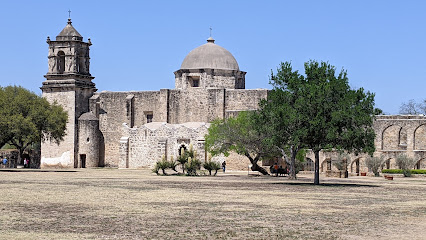
Mission Espada- San Antonio Missions National Historical Park
1.9 km
Uncover the history and beauty of Mission Espada, a gem of San Antonio Missions National Historical Park, where culture and nature unite.
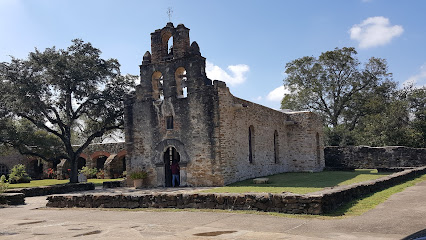
Haunted Train Track
2.4 km
Explore the Haunted Train Track in San Antonio, where chilling ghost stories meet historical intrigue, perfect for thrill-seekers and history enthusiasts alike.
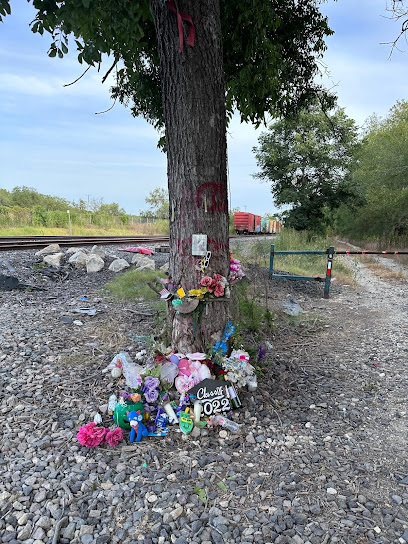
Mission San Jose
3.6 km
Discover the captivating history and serene beauty of Mission San Jose, a UNESCO World Heritage Site in San Antonio, Texas, showcasing the region's Spanish colonial heritage.
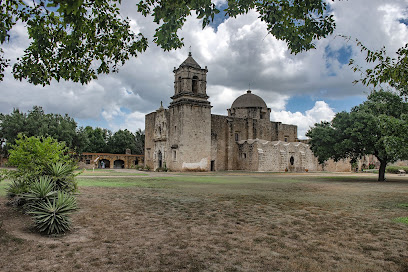
Hot Wells Hotel Ruins
3.8 km
Discover the historical charm of the Hot Wells Hotel Ruins in San Antonio, a unique landmark blending nature and culture for an unforgettable experience.
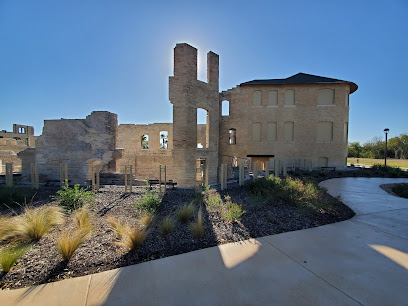
100 Military Plaza
5.8 km
Experience the vibrant history and cultural significance of Military Plaza in the heart of San Antonio, a must-visit for all tourists.

Historic City Cemeteries
9.4 km
Discover the serene Historic City Cemeteries in San Antonio, where history and tranquility blend beautifully.
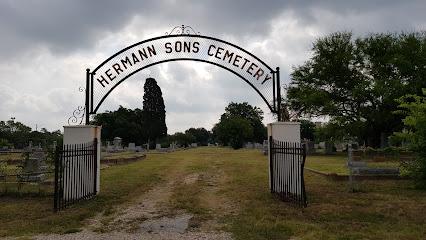
Biesenbach House
9.4 km
Discover the historic charm of Biesenbach House in San Antonio's King William district, where 19th-century architecture meets rich cultural heritage.
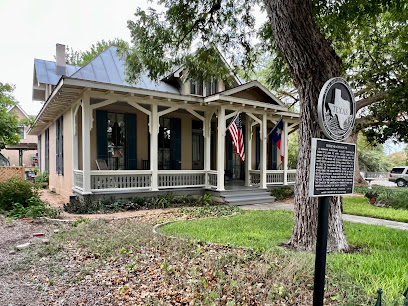
Villa Finale: Museum & Gardens
9.6 km
Discover the charm of Villa Finale: Museum & Gardens, where history, art, and nature blend seamlessly in the heart of San Antonio.
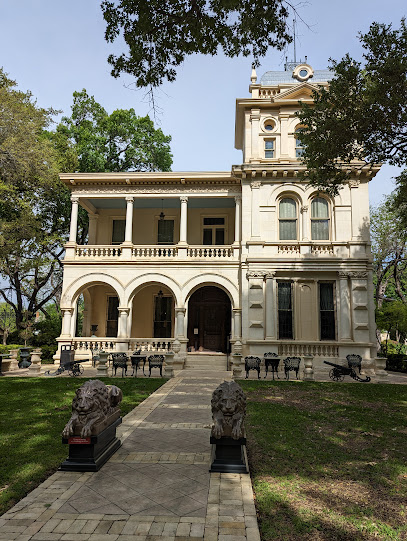
King William Historic District
9.7 km
Explore the historic charm and architectural beauty of the King William Historic District in San Antonio, where history meets vibrant culture.
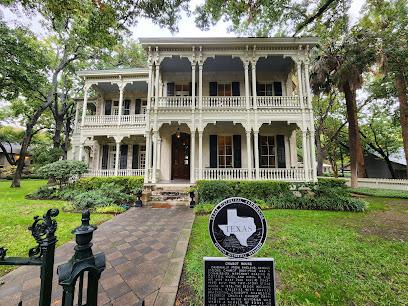
Gustav Blersch House
9.9 km
Discover the rich history and architectural beauty of the Gustav Blersch House in the heart of San Antonio, a true historical landmark.

National Historic Civil Engineering Landmark
10.0 km
A historic site in San Antonio that showcases the engineering marvels and architectural significance of Texas, ideal for history lovers and travelers.
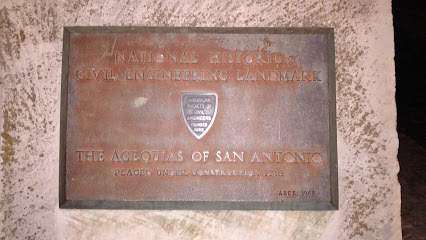
Unmissable attractions to see
Confluence Park
7.6 km
Explore the natural beauty and artistic charm of Confluence Park, a serene oasis in San Antonio, perfect for relaxation and community engagement.

Contemporary at Blue Star
9.1 km
Discover innovative contemporary art at the Contemporary at Blue Star in San Antonio, a hub for creativity and cultural engagement.

Bar 1919
9.1 km
Discover the vibrant nightlife of San Antonio at Bar 1919, where craft cocktails and local brews meet a lively atmosphere.

Blue Star Arts Complex
9.1 km
Discover the vibrant artistic community at Blue Star Arts Complex, a hub for contemporary art and culture in the heart of San Antonio.
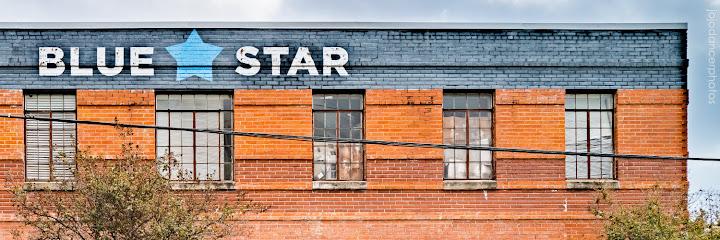
Blue Star Brewing Company
9.2 km
Experience the best of San Antonio's craft beer scene at Blue Star Brewing Company, where fine brews meet delicious food in a vibrant atmosphere.

San Antonio Sports
9.4 km
Experience the thrill of sports and community at San Antonio Sports, the ultimate destination for athletic events and local team pride.

River City Run
9.5 km
Explore River City Run: A scenic gem in San Antonio, blending outdoor fun with cultural richness amidst picturesque landscapes.

SAVOR Black Tie
9.5 km
Discover the elegance of SAVOR Black Tie, a premier bar in San Antonio offering craft cocktails and a sophisticated atmosphere for the perfect night out.

Alamodome
9.5 km
Discover the Alamodome, San Antonio's iconic stadium, hosting thrilling sports events and unforgettable concerts in a stunning setting.
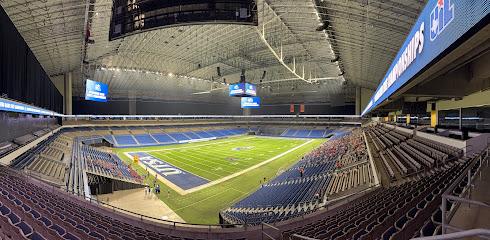
Valero Alamo Bowl
9.6 km
Join the excitement at the Valero Alamo Bowl, an unforgettable college football experience in vibrant San Antonio, Texas.

Tower of the Americas
9.8 km
Experience breathtaking views and thrilling adventures at the Tower of the Americas, a must-visit landmark in San Antonio, Texas.
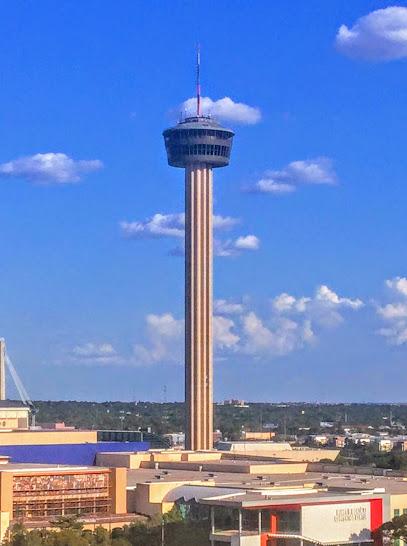
Hemisfair
9.9 km
Experience the charm of Hemisfair, San Antonio's iconic park offering lush landscapes, playgrounds, and cultural events for all ages.
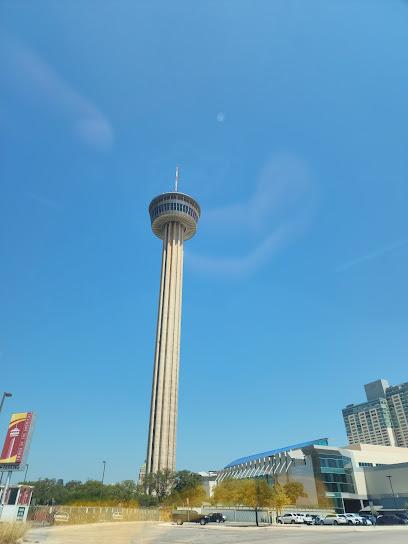
San Antonio BCycle: Yanaguana Garden
10.0 km
Discover the charm of San Antonio with BCycle: Yanaguana Garden, your gateway to cycling adventures amidst nature and culture.

Yanaguana Garden at Hemisfair
10.0 km
Explore the beauty and cultural richness of Yanaguana Garden at Hemisfair, a top urban park in San Antonio with family-friendly attractions and community events.
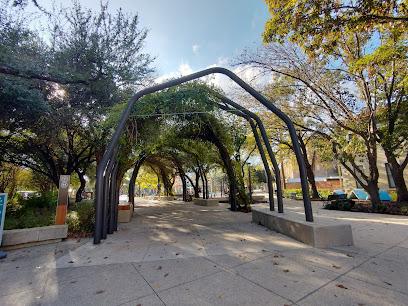
Magik Theatre
10.1 km
Discover the enchanting world of children's theater at Magik Theatre in San Antonio, where imagination comes to life through captivating performances.
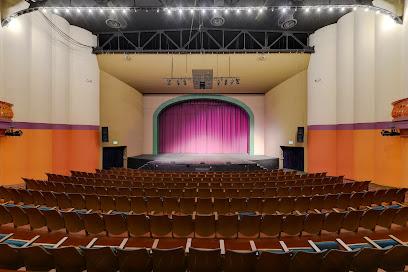
Essential places to dine
Bonzai Steak and Sushi Restaurant
51.1 km
Discover the authentic flavors of Japan at Bonzai Steak and Sushi Restaurant in New Braunfels – where fresh sushi meets succulent steaks.
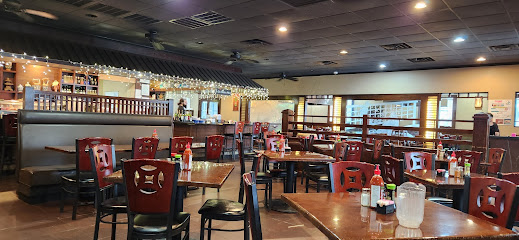
Dos Rios Mexican Bar & Grill
51.4 km
Discover the vibrant flavors of Mexico at Dos Rios Mexican Bar & Grill in New Braunfels - where every meal is a fiesta!
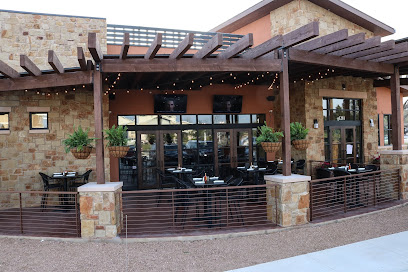
The Reel Seafood & Grill
51.5 km
Discover the best seafood and Cajun flavors at The Reel Seafood & Grill in New Braunfels - perfect for brunch or dinner!

Texas Bistro At Park View
51.5 km
Experience authentic American cuisine at Texas Bistro At Park View in New Braunfels – where fresh flavors meet warm hospitality.
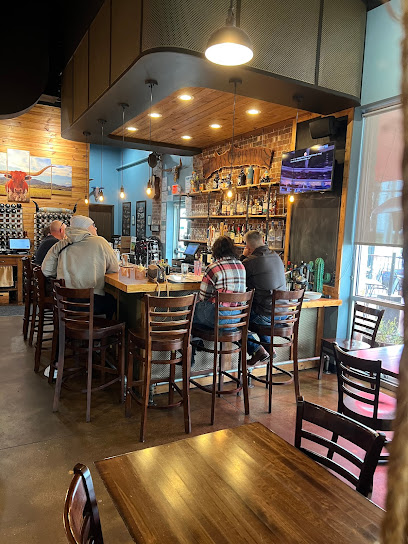
Cravings
51.7 km
Discover delicious sandwiches, refreshing salads, and delightful desserts at Cravings in New Braunfels - where every bite is a taste of joy!
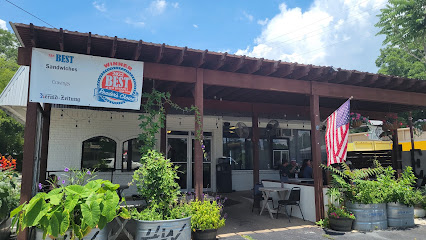
Herbert's
51.7 km
Experience the vibrant flavors of Tex-Mex at Herbert's in New Braunfels—where every bite is a fiesta!
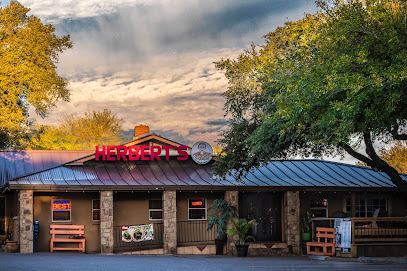
Downtown Social
52.1 km
Discover Downtown Social in New Braunfels: where great food meets entertainment in a vibrant atmosphere!

Huisache Grill
52.2 km
Discover delightful American cuisine and fine wines at Huisache Grill in New Braunfels - perfect for food lovers and wine enthusiasts alike.
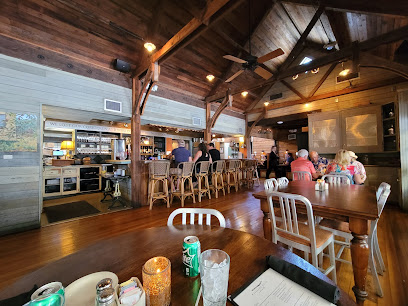
The Hideaway New Braunfels
52.3 km
Discover The Hideaway in New Braunfels – where delicious grill specialties meet Texan hospitality in an inviting atmosphere.

Cody's Restaurant, Bar, & Patio NB
52.4 km
Experience delicious cuisine and vibrant atmosphere at Cody's Restaurant, Bar & Patio in New Braunfels – where every meal is a celebration.
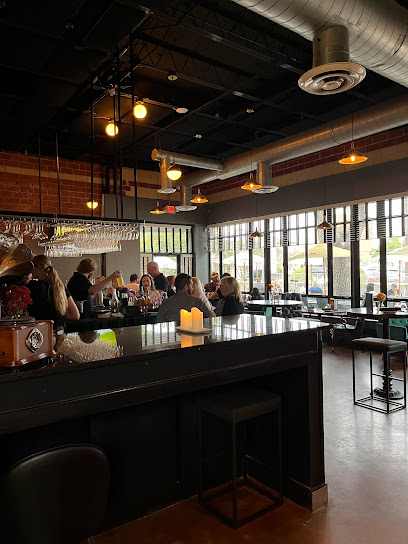
Krause's Cafe
52.4 km
Discover Krause's Cafe: A charming fusion of German and American cuisine in a vibrant beer garden setting perfect for every foodie.
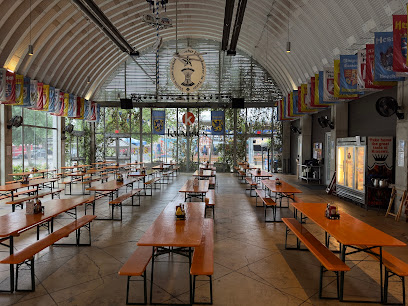
Calahan's Pub and Pizza
52.4 km
Savor delicious pizza and vibrant nightlife at Calahan's Pub and Pizza in New Braunfels - where every meal feels like home!
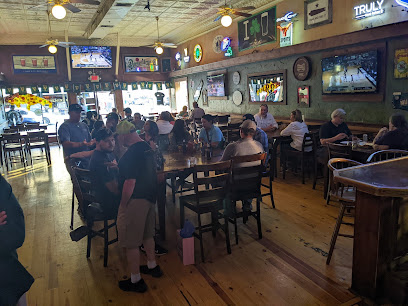
McAdoo's Seafood Company
52.4 km
Experience exquisite seafood and Cajun cuisine at McAdoo's Seafood Company in New Braunfels – a culinary treasure for every tourist.
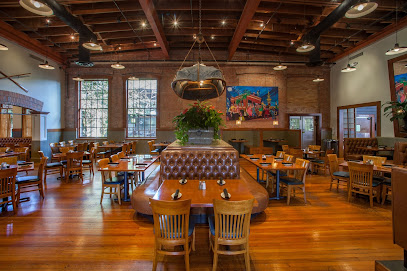
Myron's Prime Steakhouse
52.4 km
Discover culinary excellence at Myron's Prime Steakhouse in New Braunfels – where premium steaks meet sophisticated dining.

Adobe Cafe
52.4 km
Experience the vibrant fusion of authentic Mexican and Tex-Mex cuisine at Adobe Cafe in New Braunfels – a culinary gem for every traveler.
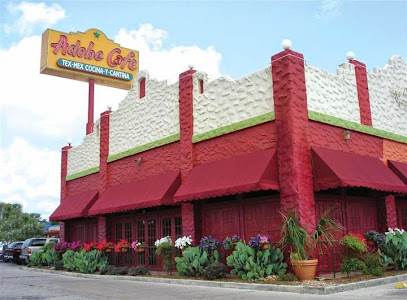
Markets, malls and hidden boutiques
The Alley On Bitters
27.6 km
Explore a unique blend of shopping, art, and dining at The Alley On Bitters in Hill Country Village, Texas, offering a memorable experience for every visitor.

Savage Mana
50.9 km
Discover the mystical at Savage Mana, a premier metaphysical supply store in New Braunfels, Texas, offering crystals, herbs, and spiritual workshops.

The Rooster Antiques
51.4 km
Explore a captivating collection of vintage treasures and unique antiques at The Rooster Antiques in New Braunfels, TX.

Red Rooster Antique and Design Center
51.4 km
Explore the charm of the past at Red Rooster Antique and Design Center in New Braunfels, where unique antiques and vintage finds await your discovery.

Crystal Cross Cowgirl Boutique
51.6 km
Explore the unique Western fashion at Crystal Cross Cowgirl Boutique in New Braunfels, Texas—where cowboy culture meets stylish shopping.

Lot 59
52.2 km
Discover unique gifts, vintage clothing, and home decor at Lot 59, New Braunfels' charming boutique and plant nursery.
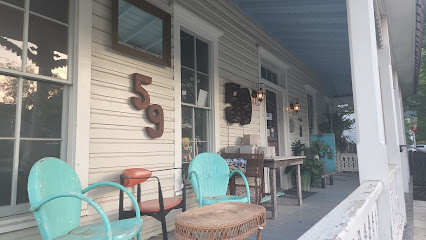
The Crossing Boutique
52.2 km
Experience the charm of The Crossing Boutique in New Braunfels, Texas, where unique gifts and fashionable accessories await every visitor.

Princess Be
52.2 km
Explore Princess Be, the charming gift shop in New Braunfels offering unique local treasures and unforgettable souvenirs.

Nash Bros. Stores
52.2 km
Explore Nash Bros. Stores in New Braunfels for unique gifts, vintage clothing, and antique treasures that capture the spirit of Texas.

Traveling Gypsy Downtown
52.3 km
Explore a captivating collection of unique antiques and vintage treasures at Traveling Gypsy Downtown in New Braunfels, Texas.
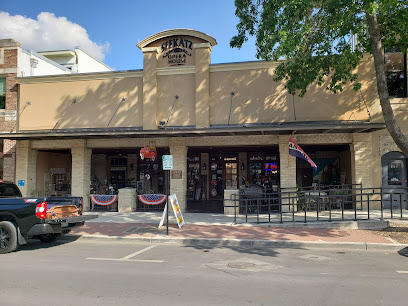
Dancing Pony Boutique
52.3 km
Explore the charm of Dancing Pony Boutique in New Braunfels, Texas, for unique women's fashion and accessories that elevate your style.
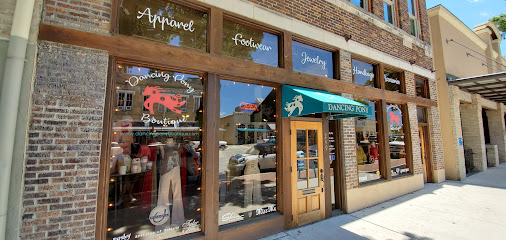
River Rose
52.3 km
Shop at River Rose Boutique in New Braunfels for trendy women's and children's clothing, stylish accessories, and a unique shopping experience.

Bluebonnet Vintage
52.4 km
Explore Bluebonnet Vintage in New Braunfels, TX – A hidden gem for antique lovers featuring vintage clothing, toys, and unique treasures for every taste.

Downtown Antique Mall
52.4 km
Experience the charm of vintage shopping at Downtown Antique Mall, the ultimate destination for unique antiques and collectibles in New Braunfels, Texas.
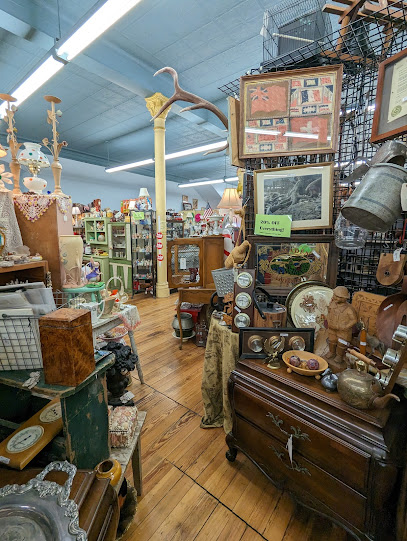
La Belle Vie
52.4 km
Explore La Belle Vie, a charming gift shop in New Braunfels, TX, offering unique home goods, antique treasures, and delightful gifts for every occasion.
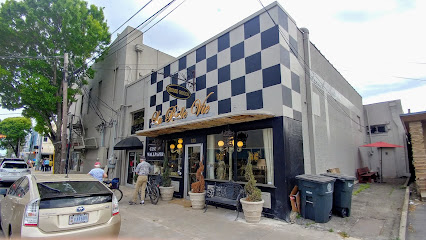
Essential bars & hidden hideouts
Grey Moss Inn - Cocina Mexicana
38.5 km
Experience exquisite Mexican cuisine at Grey Moss Inn, a fine dining destination in Helotes, Texas, known for its authentic dishes and stunning ambiance.
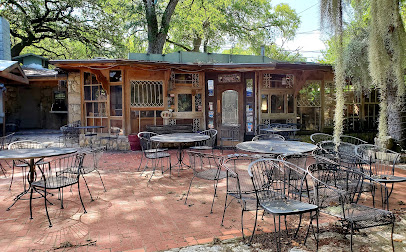
the reserve on 1863
48.9 km
Experience the vibrant cocktail culture at The Reserve on 1863 in New Braunfels, where every drink tells a story and every visit is memorable.

Off the Clock NB
51.0 km
Discover Off the Clock NB, a vibrant bar in New Braunfels, Texas, offering an inviting atmosphere and a delightful selection of drinks.
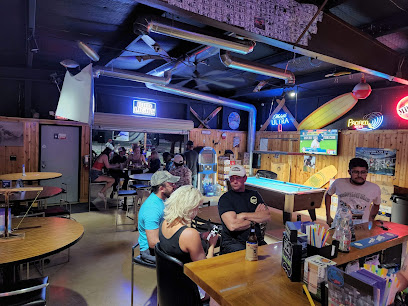
Pour Haus Patio Bar
52.1 km
Experience the lively atmosphere of Pour Haus Patio Bar in New Braunfels, Texas - where great drinks, local music, and a vibrant community come together.

Lone Star Lounge
52.3 km
Discover Lone Star Lounge in New Braunfels: A vibrant bar offering Texas hospitality, craft cocktails, and live music in a cozy atmosphere.
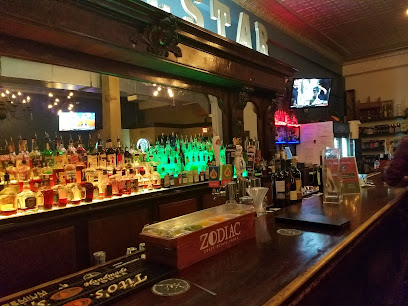
Conway's
52.3 km
Experience the vibrant nightlife at Conway's, a lively bar and grill in New Braunfels, Texas, perfect for food, drinks, and live music.
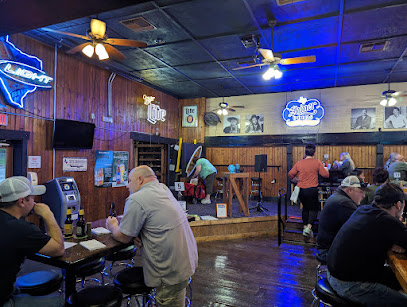
Moonshine & Ale
52.3 km
Discover the charm of Moonshine & Ale, a piano bar in New Braunfels, TX, offering craft cocktails and vibrant live music for an unforgettable night.

Stave Beer and Wine House
52.4 km
Experience the best of local craft beers and fine wines at Stave Beer and Wine House, the heart of New Braunfels' vibrant social scene.
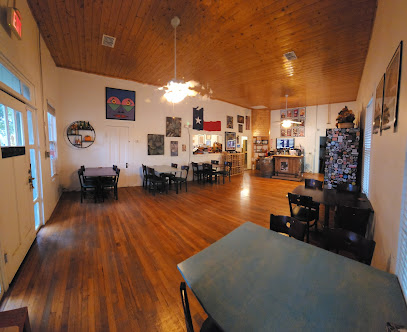
Phoenix Saloon
52.4 km
Discover the essence of Texas at Phoenix Saloon, where American cuisine meets live music in a lively atmosphere.
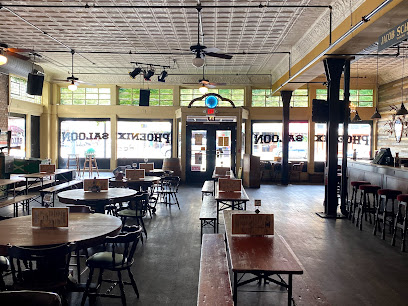
Black Whale Pub
52.5 km
Experience the vibrant atmosphere and delicious offerings at Black Whale Pub in New Braunfels, Texas – your go-to spot for food and fun!
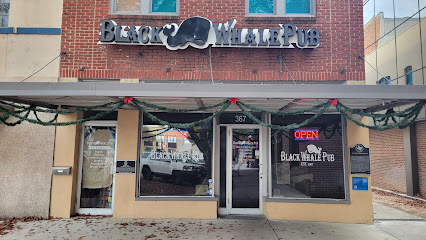
Tejas Bar
52.6 km
Experience the joy of karaoke at Tejas Bar in New Braunfels, where fun, music, and a vibrant atmosphere come together for unforgettable nights.
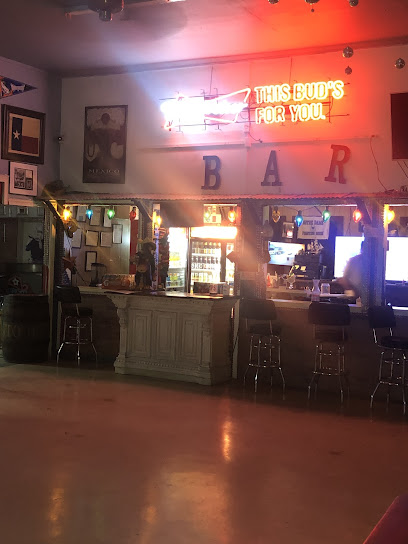
Sidecar
52.7 km
Discover Sidecar, New Braunfels' premier cocktail bar, where innovative mixology meets a cozy atmosphere for the perfect night out.

The Hoity Toit Beer Joint
54.2 km
Discover the lively atmosphere of The Hoity Toit Beer Joint, where great drinks and vibrant nightlife meet in New Braunfels, Texas.
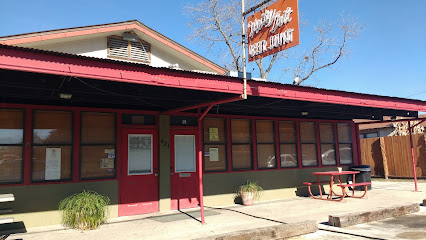
Gruene Tini's
56.2 km
Experience the vibrant cocktail culture at Gruene Tini's, a must-visit bar and lounge near Gruene Lake featuring creative drinks and a relaxed atmosphere.

Gruene's Last Call
56.2 km
Discover Gruene's Last Call, a lakeside cocktail bar in New Braunfels, TX, renowned for its vibrant atmosphere and expertly crafted drinks.




